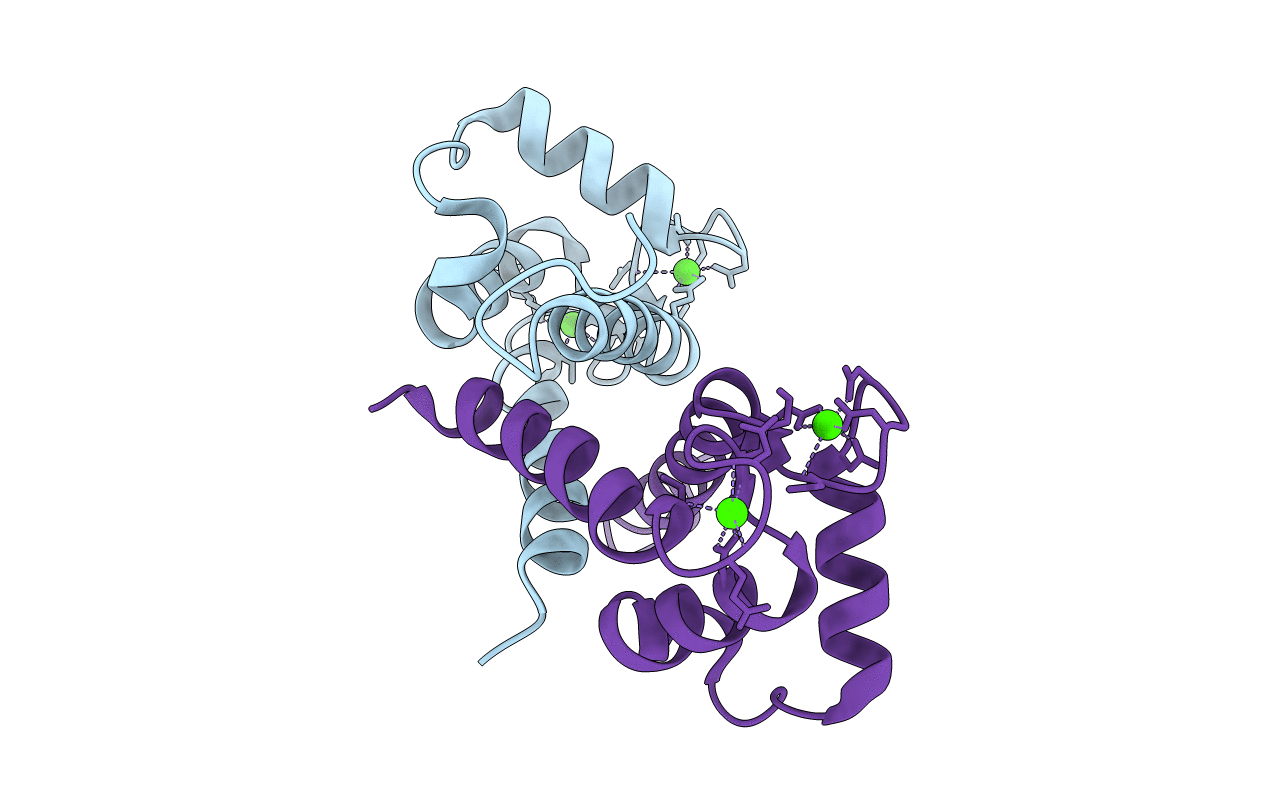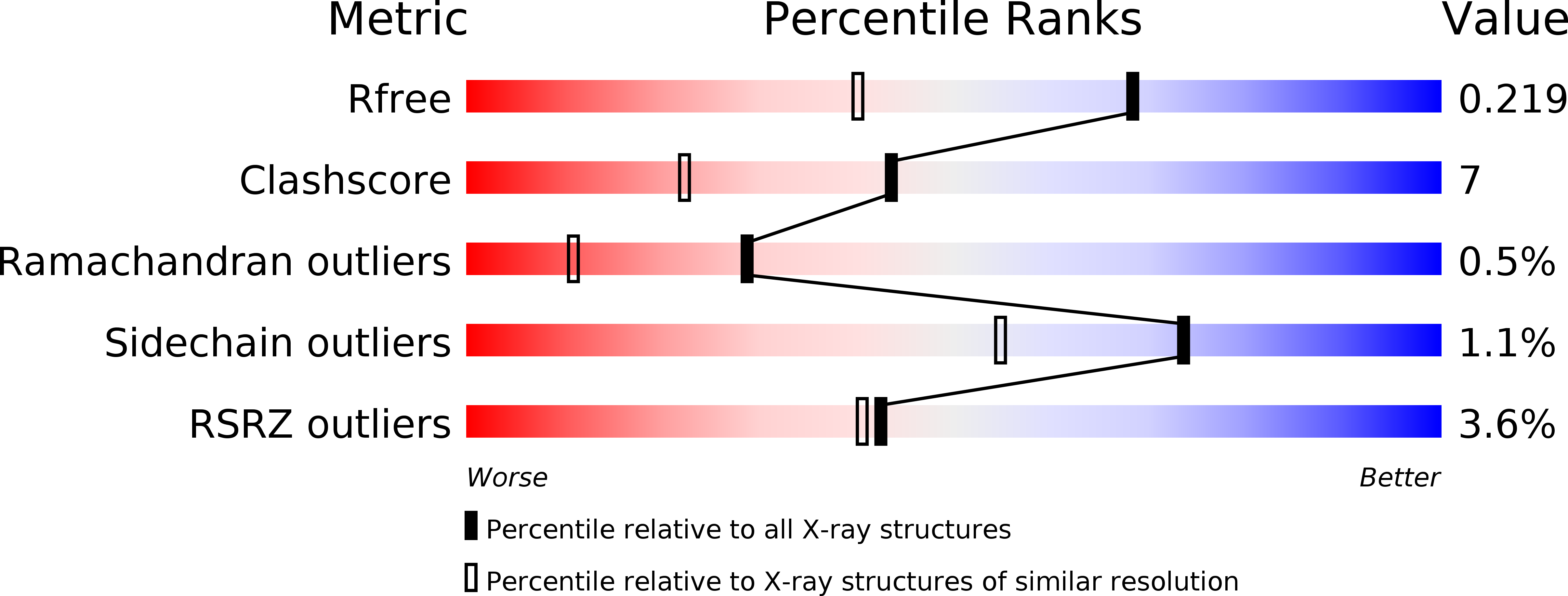
Deposition Date
2007-06-12
Release Date
2008-02-26
Last Version Date
2024-02-21
Entry Detail
PDB ID:
2Q91
Keywords:
Title:
Structure of the Ca2+-Bound Activated Form of the S100A4 Metastasis Factor
Biological Source:
Source Organism:
Homo sapiens (Taxon ID: 9606)
Host Organism:
Method Details:
Experimental Method:
Resolution:
1.63 Å
R-Value Free:
0.21
R-Value Work:
0.18
R-Value Observed:
0.18
Space Group:
P 32 2 1


